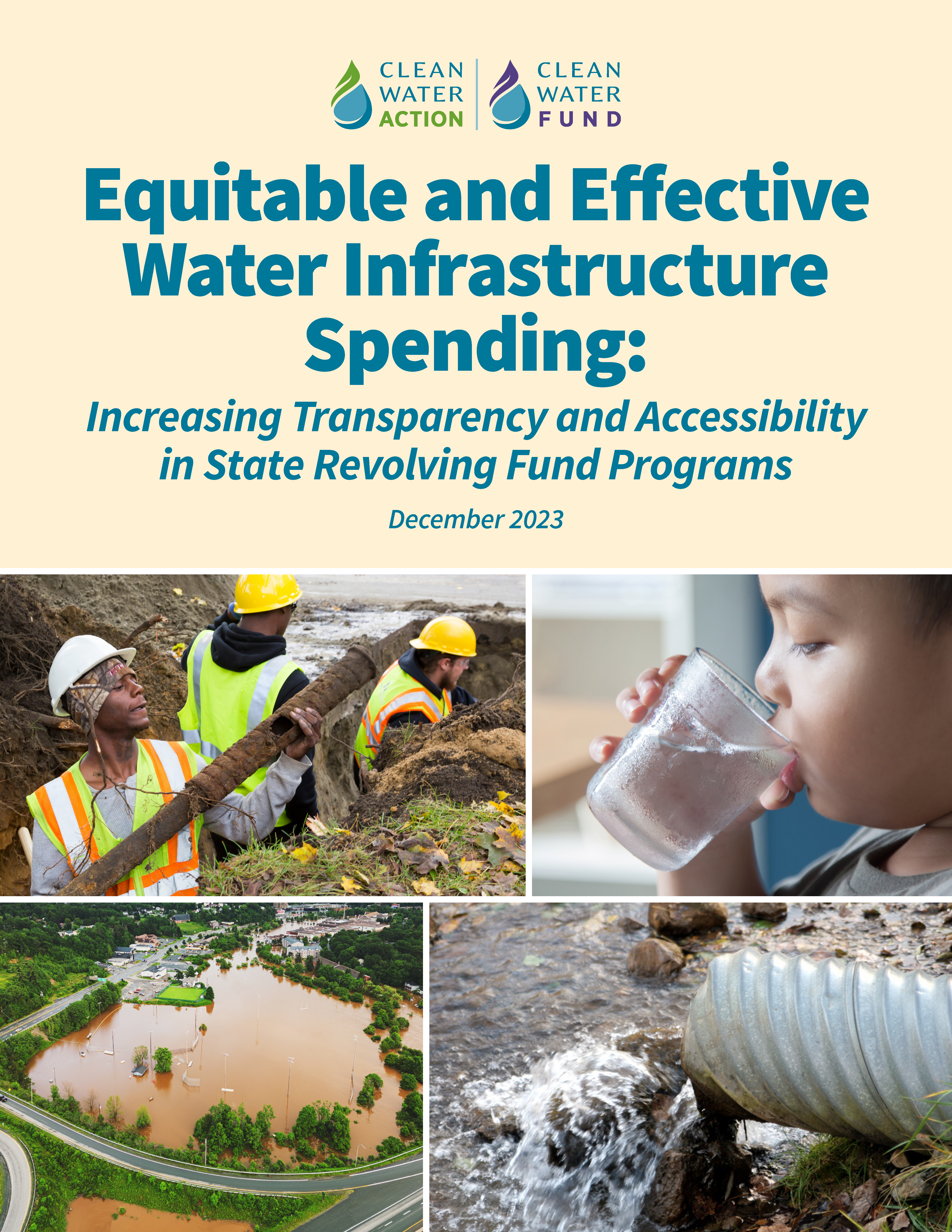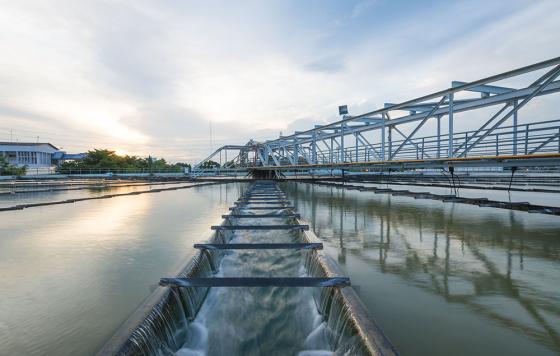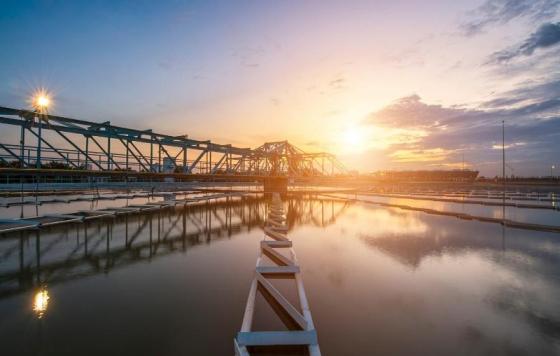Outdated and inadequate water infrastructure in the United States pose environmental and human health risks. Annual infrastructure report cards by the American Society of Civil Engineers (ASCE) consistently include poor grades for drinking water, stormwater, and wastewater systems. In 2023 drinking water, stormwater, and wastewater received grades of C-, D, and D+, respectively. The poor condition of water infrastructure can be largely attributed to insufficient investment. ASCE has estimated an alarming long-term investment gap of $2.59 trillion.
The historic investments in the Bipartisan Infrastructure Investment and Jobs Act (IIJA) could be a game changer for water infrastructure. The IIJA includes $50 billion in water infrastructure investment over five years, most of which will be distributed through the existing Drinking Water State Revolving Fund (SRF) and the Clean Water State Revolving Fund. The IIJA, signed by President Biden in November 2021, requires that 49% of this funding be awarded to the most disadvantaged communities. This is significant because historically, the SRF programs have been less likely to fund projects in non-white populations and there are inequities in funding distribution.
The IIJA provides new resources and poses new challenges for State SRF programs and the authorities that administer them. To meet IIJA goals of effective and equitable distribution of water infrastructure funds, SRF programs need to be both accessible and transparent in order to dramatically broaden and diversify the number of communities and projects applying for funding. Clean Water Action and Clean Water Fund examined information provided by the 50 States’ SRF programs to develop a snapshot of SRF accessibility and transparency and to identify areas of potential procedural improvement.
Our Findings
- 20% of State SRF websites were not reasonably navigable (took more than five clicks or five minutes to reach an Intended Use Plan from the department or investment authority main page).
- 26% of States provided no information on how to apply for funding on their websites.
- 22% of States provided no personal contact on their websites to acquire more information on their programs.
- Public Participation Requirements in the SRF Programs: The SRF Programs must adhere to a public participation process. That process is through a comment period once the initial Intended Use Plan (IUP) drafts are complete. Prior to EPA’s approval, States will announce a 30-day comment period where the public and advocates can comment on how the IUPs could be improved. EPA has stated that the intent of more expansive public participation processes is to promote equitable results in government programs. The comment period must be 30 days or longer. Most are 30 days. Once public comments are received, the State must include responses in their final IUP submitted to EPA. States typically receive very few comments. States could increase public participation visibility by acknowledging comments in a more public fashion, rather than only acknowledging them through the final IUPs.
- 58% of States’ programs provided very little or no information on what projects have been funded.
- 62% of States gave no notice of when public comment periods were taking place, or only gave notice in ways that would be difficult for an average user to find.
- 66% of States gave no acknowledgement of any comments received or not received during the public comment period.
Recommendations
To improve the accessibility and transparency of their SRF processes, States should:
- Invest in dedicated websites to house the information about SRF programs. States with dedicated websites are easier to navigate.
- Create easily understood, publicly available information on what to expect during the application process.
- Provide a personal contact point for applicants and advocates to ask questions.
- Provide detailed, publicly available information on what projects have previously been funded, including location-based data and under what eligibility the project was funded.
- Announce the 30-day comment period publicly in a way that does not require the reader to delve too deeply into multi-page documents.
- Publish documentation explaining why specific comments were addressed or not addressed.



